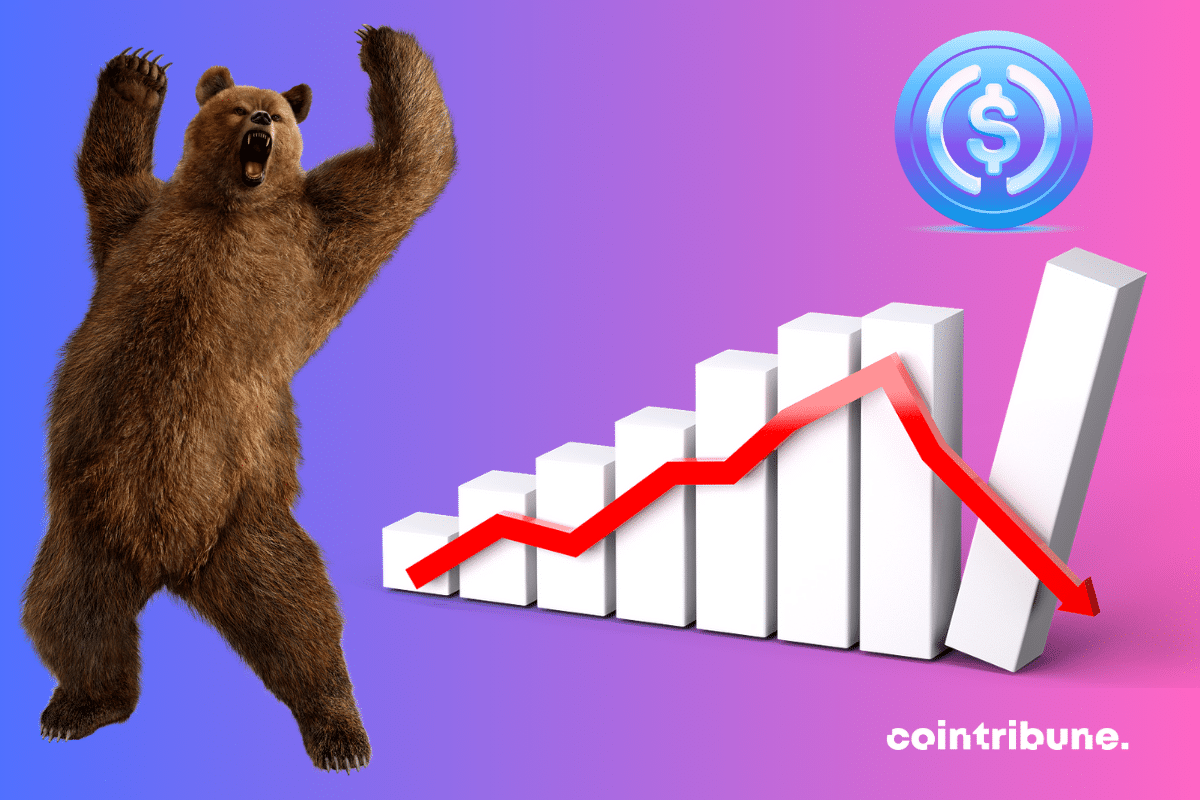Concerns about the regulation of stablecoins by MICA are exaggerated. The truth here.
Circle
The crypto landscape in Europe has just undergone a major change with Circle's approval for the issuance of stablecoins by MiCA (Markets in Crypto-Assets Regulation). This decision marks a significant step in the regulation of digital assets on the old continent. But what does this approval really mean for the crypto market and what will be the impacts? Let's explore this development together.
MiCA promises to transform stablecoins, with Circle and Adan at the forefront to navigate these new regulatory requirements.
A new wave has just hit the shores of innovation and decentralized finance in the crypto sphere. Indeed, the announcement by Circle to stop issuing the USDC stablecoin on the Tron (TRX) blockchain has shaken the crypto archipelago.
The USDC lost its peg to the dollar yesterday. Instead of trading at 1 dollar, this stablecoin from Circle saw its value drop to an alarming level on Binance. This created a situation of panic within the crypto community.
Tether, the USDT stablecoin issuer, has taken the decision to freeze $2.5 million in USDT due to its connection to an alleged hack of the Multichain interchain router protocol. Tether thus aims to protect the funds involved and prevent any potential misappropriation or unauthorized access.
Jeremy Allaire, CEO of Circle, the company in charge of issuing the USDC predicts increased demand for various digital assets. These include Dogecoin, Bitcoin, Ethereum and Cardano. He points out that demand will mainly come from emerging markets, of which Hong Kong and China are central. It's worth remembering that despite some occasional rises, the cryptocurrency market in general is in decline.
In a recent interview, Jeremy Allaire, CEO of Circle, emphasizes the urgency of taking the threat of de-dollarization seriously. As more nations take steps to reduce their dependence on the US dollar, Allaire warns of the potential consequences of this growing trend.







